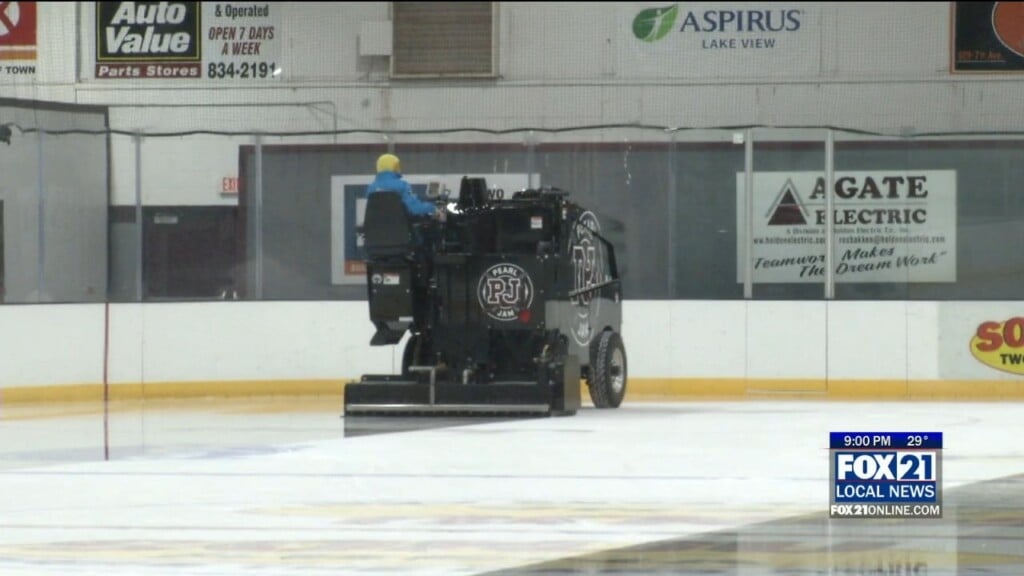Treating Contamination to Start at Thomson Reservoir
Dioxins in the bottom sediment have been a concern since the 1980's.

There was good news Wednesday in the effort to start dealing with contaminated sediment in the Thomson Reservoir.
Federal and state lawmakers made the announcement in Carlton. It is the start of a $35 million project–with most of the funding coming from the EPA through the Bipartisan Infrastructure Law.
Small pellets of granulated, activated carbon will be poured out over contaminated areas. The pellets will then capture–or encapsulate–dioxins in the sediment that are harmful to plant and wildlife. Regulatory agencies say it is the first time the process will used like this, and they are excited about the approach.
“It covers over three hundred acres, and we will remediate about 225,000 cubic yards of sediment that are contaminated with dioxin,” said Todd Nettesheim, Deputy Director of the Environmental Protection Agency’s Great Lakes National Program Office.
“And we’re going to use a very innovative approach using pelletized, activated carbon, that is going to bind the chemicals to the bottom and prevent them from getting into the food web,” said Nettesheim.
The sediment was contaminated decades ago from wastewater and landfill discharge, and municipal and industrial uses. The reservoir is a popular spot for recreation, and those at the site Wednesday said a key benefit of this approach is that the work can get done without shutting down the area.
“Sediment recovery and sediment contamination–a sort of stabilization that will happen starting in August over two years,” said Peter Tester, the Deputy Commissioner for the Minnesota Pollution Control Agency.
“We will be able to prevent the contamination that is from legacy pollution here from getting into the food chain, at the same time as people will be able to continue to swim, to kayak, to canoe in the reservoir,” said Tester.
A conveyor belt system will be used to load the pellets onto a barge, and the barge will then lay down a six-inch layer of the activated pellets.
The sediment bottom has been heavily researched, and pellets will only be spread out over many scattered sites totaling 70 acres.
The project will take about two years and will be monitored to see if it works and is effective.







